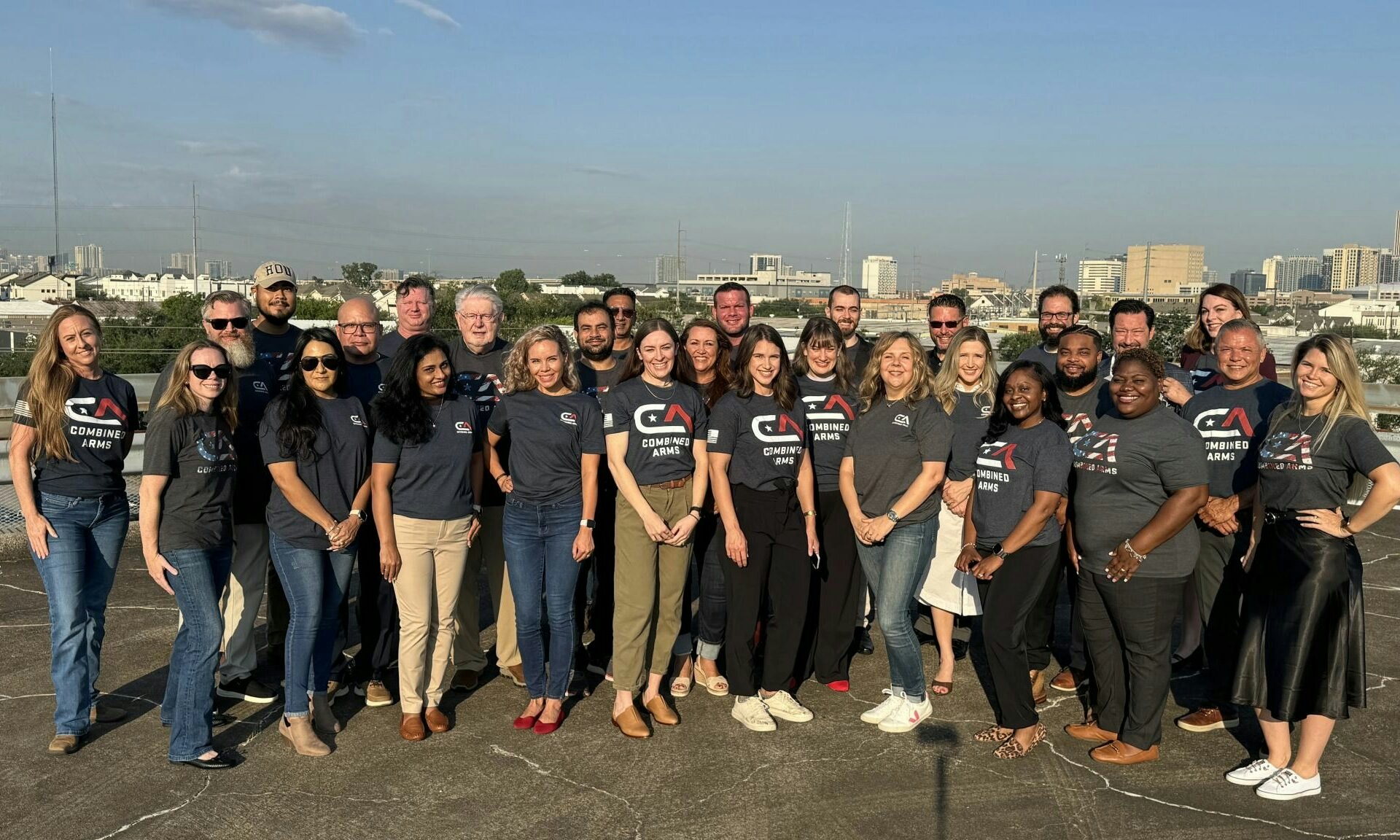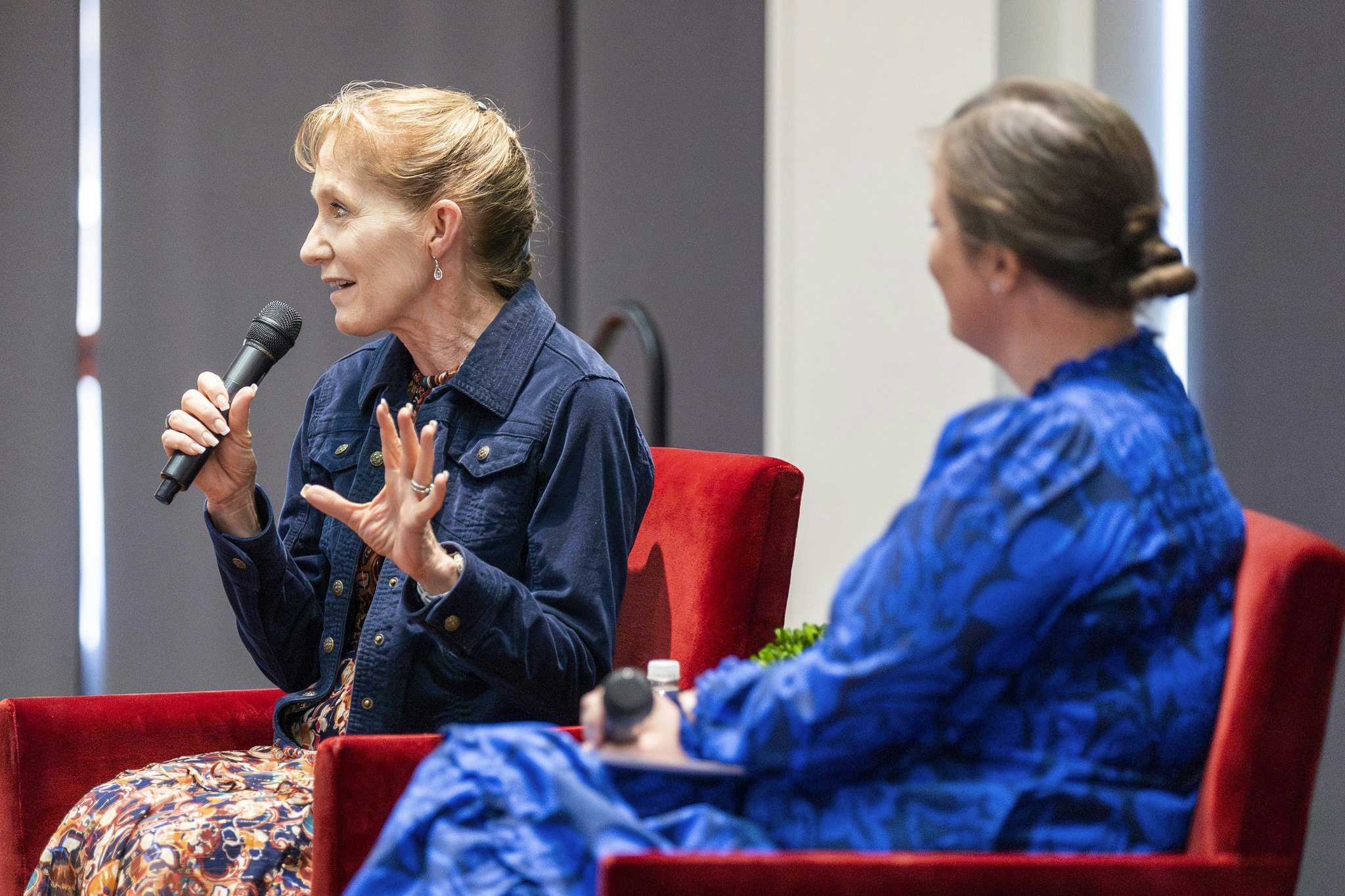At a time when we are practicing social distancing, it is important we continue to connect veterans to the care they need.
COVID-19 is at the center of everyone’s conversations. Governments, businesses, schools, and communities are focused on mitigating the numerous and multi-layered implications of this health crisis. As many states and counties issue shelter-in-place ordinances, it is more important than ever that we encourage our nation’s veterans to continue receiving the care they need.
Shelter-in-place and social distancing can feel isolating and with the uncertainty of COVID-19, it can be easy to lose track of one’s health. What we need to remember is that social distancing does not mean isolation.
Technology has come a long way; in that we can stay connected thru different mediums. This week, I have facetimed my family instead of calling, my colleagues and I had a virtual coffee hour, and I attended an All-Staff meeting with 80 of my co-workers all via Zoom. These serious and lighthearted interactions are critical to one’s mental health.
During a period of social distancing, the challenges of anxiety and depression are even more relevant. It is important we continue to connect veterans to the care they need. Telehealth is an easy and convenient way of delivering care and has been available for several years. It is a face-to-face video therapy tool that allows individuals to have appointments with a licensed medical provider in real-time. Many organizations, doctor offices, and the U.S. Department of Veterans Affairs (VA) offer comprehensive telehealth programming and services. Additionally, many veteran organizations like The Steven A. Cohen Military Family Clinics are also offering telehealth services.
Veterans struggling with the invisible wounds of war such as post-traumatic stress, traumatic brain injury, depression, and anxiety can start or continue treatment thru telehealth. If a veteran is in the midst of looking for organizations to connect with, The George W. Bush Institute’s Warrior Wellness Alliance brings together peer network organizations and high quality care providers and may be a place to start.
Here’s how telehealth works:
- You need a computer or smartphone with internet access.
- You will need to set up virtual meeting time with your provider. There are many HIPAA compliant software platforms healthcare facilities use.
- To ensure your privacy is protected, your provider will ask you to sign consent forms prior to your telehealth conference.
- Prior to meeting with your provider, make sure you are in a quiet private area of your home. This can be in your home office, dining room, etc. It is also important to tell your family members, roommates etc. that you need some private time to minimize distractions.
- While your vehicle may offer a quiet place, do not operate the vehicle and attempt to have a telehealth session. This will put your safety at risk.
We can easily fall into the trap of using “competing priorities” to justify not taking care of ourselves fully. Now, more than ever, we cannot afford any breaks in treatment that would be detrimental to our recovery and our overall wellness.
Veterans need to be leaders on this front by modeling good self-care – physical, mental and emotional health. Lead by empowering others to seek the care and help they need, and lead by advocating for others to be responsible citizens.






























